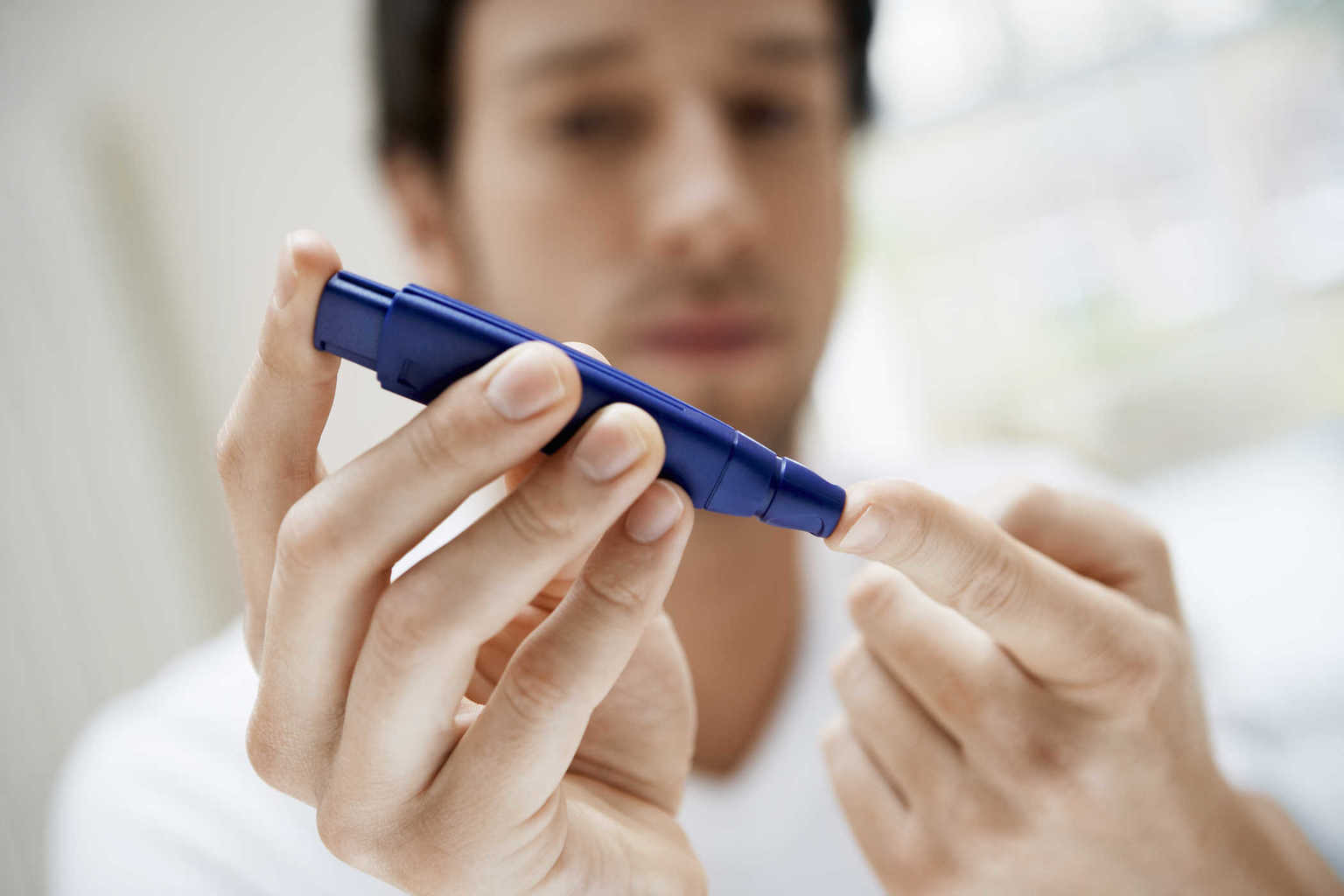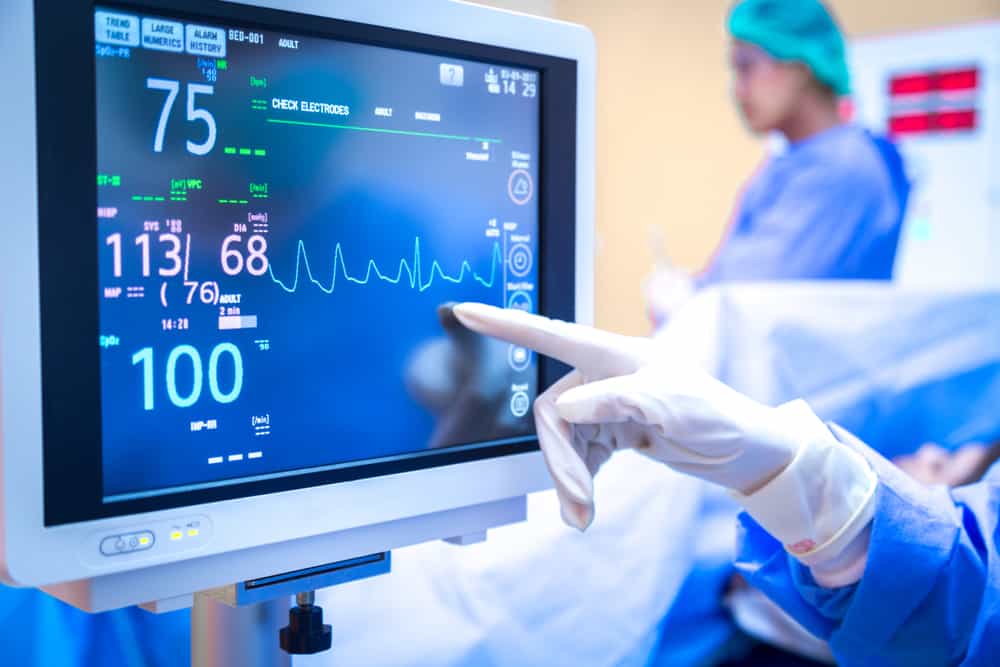Contents:
Medical Video: Healthy Eating : How to Control Your Appetite
There are lots of signals or signs that tell us when it's time to eat (other than rumbling): television advertisements, social events, scents from food courtand a jar of chocolate in the office. Factors in this environment trigger our senses and other mental processes that make us think we are hungry, even when we feel actually not hungry.
Remember that physical hunger is built in stages over time (usually for several hours after eating), while the desire to eat emotionally usually comes suddenly. When you are really hungry, you may experience one or more of the following symptoms:
- Abdominal and abdominal pain rumble
- Emptiness in the stomach
- Easy to get angry
- Headache
- Low energy / fatigue
- Difficulty concentrating
Before you eat, take time to assess your hunger. Think about how hungry you feel physically. Your goal is to eat when you are hungry but stop when you feel full.
Try not to delay eating too long. Waiting until you are truly hungry until you are unable to concentrate can actually cause you to overeat. When you first start feeling one of the symptoms listed above, you may need to start thinking about eating.
We often let food tempt us, even when we are physically not hungry. Before you pamper yourself, think again about what you feel. Did you just eat a few minutes ago? Do you want to eat to respond to emotions or because you do experience physical hunger?
Think of other alternatives when the temptation to eat appears. For example:
- Drink a glass of cold water or other non-calorie drinks
- Take a walk to change the scenery
- Other sports (sit-ups, running, swimming, tennis, etc.)
- Chat with friends or family members
- Read books or magazines
- Do your hobby
- Play games with other people












